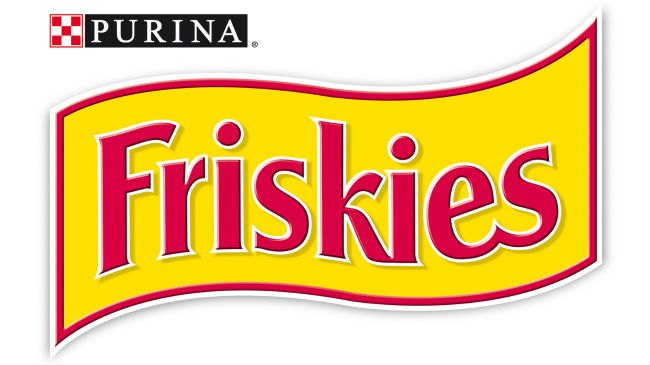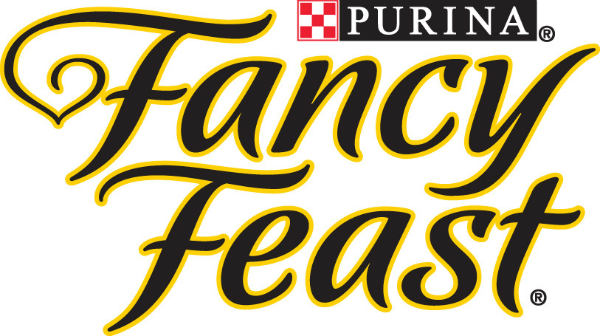Innova Cat Foods was once a private company owned by Natura Pet Products. It was founded in 1992 by John and Ann Rademakers and Peter Atkins as a way to provide higher quality ingredients in pet food. In 2010, it was acquired by Procter and Gamble who owns many other pet food brands. In 2014, Procter & Gamble sold off many of its pet food products to Mars, Inc., but it does not appear Innova Cat Food was part of this, so P&G will continue to sell Innova products. Unfortunately, Innova has had some recalls as recent as 2013 for Salmonella contamination. In their recent recalls, there were no reported deaths.
Innova carries several different cat food products that can appeal to a wide range of cat owners. They offer both wet and dry foods as well as grain-free options. They also offer treats for cats and have lines of food for dogs as well. All of the cat food products are made in a production plant located in Nebraska. Their target customer includes those who are seeking a more natural and ancestry diet for their cats, particularly those who want a high meat and low plant based or grain free diet.
Below is an ingredients analysis of their first 10 ingredients in the food. While the first 5 ingredients comprises of the vast majority of the food content, we decided to go a little deeper and analyze the top 10 ingredients. We also rely on YOUR feedback! If you see any ingredients of concern or wish to praise the below Innova cat food blend, please do so in our commenting section below and also consider rating this food above this article. You do not need to register to rate this food, simply click on whatever you rating you think this cat food deserves.
List Of Ingredients In This Cat Food
Turkey, Chicken, Chicken Meal, Barley, Brown Rice, Chicken Fat, Rice, Herring, Pea Fiber, Natural Flavors, Potatoes, Flaxseed Meal, Apples, Carrots, Cottage Cheese, Herring Oil, Sunflower Oil, Alfalfa Sprouts, Egg, Cranberries, Sea Salt, Dried Chicory Root Extract, Chondroitin Sulfate, Glucosamine Hydrochloride, Ascorbic Acid, DL-Methionine, Taurine, Lecithin, Rosemary Extract, Direct-Fed Microbials, Vitamins/Minerals.
Top 5 Ingredients Analysis
Turkey
As a whole meat ingredient, turkey is a fantastic source of very healthy animal based proteins. We are extremely pleased to see this ingredient listed. Unfortunately, in dry kibbles, there is not as much of this ingredient included as you might initially think. Ingredients are listed by weight prior to the cooking process and since whole turkey is about 70% moisture, the vast majority is cooked off. So while we think this is an excellent and nutritional ingredient, it does need to be complimented by other high quality meat protein ingredients when used in dry kibbles. In wet cat foods, however, this is not nearly as much of a concern.
Chicken
Chicken is a very popular ingredient for pet food and in this case, they are referring to whole chicken. This is a very high quality meat source and we are pleased to see it listed. However, whole chicken loses about 80% of its content during the cooking process since the majority of whole chicken is water. After the cooking process is complete, the amount of whole chicken remaining is substantially reduced. Therefor, while whole chicken is a great source of meat protein, this ingredient alone is not enough to provide sufficient levels of meat protein in a cats diet.
Chicken Meal
Chicken meal is ground up chicken meat that has been carefully dried to a moisture level of 10%. The protein content is 65% and the fat level is 12%. Many pet owners feel that chicken is a superior ingredient to chicken meal. It would seem logical that feeding a pet a whole, non-rendered chicken would be good. However, whole chicken still contains its moisture content prior to cooking and since whole chicken consists of about 80% moisture, after the cooking process is over there isn’t much left. With chicken meal, the moisture was removed prior to cooking. That means, chicken meal actually has a much higher protein percentage and provides far more beneficial nutrients to your cats than whole chicken. Meals consist of meat and skin, with or without the bones, but exclusive of feathers/hair, heads, feet, horns, entrails etc. and have the proper calcium/phosphorus ratio required for a balanced diet. It’s also important to note the quality difference between “chicken by-product meal” and “chicken meal.” While we do take exception to chicken by-products, chicken meal is actually a very high quality and nutritious ingredient. We are happy to see this listed.
Barley
With barley being a starchy carbohydrate, it supplies healthy nutrients such as fiber to the cat. Barley also gives your cat sugar level stability. Ground or pearled barley is produced from whole barley seeds that have been scoured to remove the seed hull and bran. This is a common ingredient in weight control pet foods due to its slow digestibility, starch, and soluble fibers.
Brown Rice
Brown rice and white rice have similar amounts of calories and carbohydrates. The main differences between the two forms of rice lie in processing and nutritional content. When only the outermost layer of a grain of rice (the husk) is removed, brown rice is produced. To produce white rice, the next layers underneath the husk (the bran layer and the germ) are removed, leaving mostly the starchy endosperm. While many cat owners like to stay away from grain based ingredients, rice in general is easy for cats to digest and is not likely to cause allergic reactions. The rice will expand in your cats stomach helping him or her feel more full. So while this ingredient may not be especially nutritious, it does have value in the food and is unlikely to cause major problems. You should still avoid this ingredient if your cat has suffered from grain allergies in the past, but overall, this is a very low-risk ingredient even though it is a grain.
Additional Ingredients Of Interest
Chicken Fat
Chicken fat is a quality source of essential fatty acids and an excellent source of energy. Fat has a positive effect on the immune system and plays a beneficial role in stress response. Essential fatty acids are required for proper growth, reproduction, normal skin structure and a healthy coat. Because chicken fat contains virtually no protein, it’s use does not cause allergic reactions associated with the use of fresh chicken or chicken meal which contain high amounts of protein. Many times, mixed tocopherols, which are a natural source of Vitamin E activity, are used as a natural preservative to maintain freshness. This is considered a higher quality fat source in pet food.
Rice
This is a grain that many cat owners are trying to avoid because it is a known allergen for many cats. The ingredient doesn’t supply much of any nutritional value, either. However, of all the grain products used in cat food, this grain has the lowest risk of causing allergies. There is also a growing risk of arsenic in rice. So far, the FDA believes the arsenic levels are low enough to be safe for humans and pets. However, you might want to read more about this, just so you are aware. Many cat food companies like to use this ingredient because it helps to make your cat feel more full and it is one of the easier grains for cats to digest.
Herring
Herring is a silvery fish that is most abundant in coastal waters. Fish provides an excellent source of proteins as well as high amounts of healthy omega-3 and omega-6 fatty acids. Some people worry about mercury levels in fish. It’s true that all fish contains some degree of mercury, the level in salmon is much lower than other types of fish and the FDA doesn’t believe it causes any problems. Most herring in cat food is likely farmed herring, but higher end cat food (especially those labeled “natural”) can often times be fished from natural environments. The biggest problem with fish ingredients, including herring, is if the fish includes an antioxidant called ethoxyquin (EMQ). It is believe that ethoxyquin could be very harmful to cats and other animals. Always make sure you are using “Ethoxyquin free” cat food blends when they include fish ingredients. When in doubt, call the customer service number and ask.
Pea Fiber
Peas are becoming more and more common in pet foods today, especially those listed as grain-free, holistic, or natural pet foods. While peas are certainly not grains, they serve much the same purpose. It mostly acts as a filler and a cheap way to increase the protein percentage of the food. However, cats receive almost no nutritional value from peas. Since cats are obligate carnivores, they require proteins from meat based ingredients. There is very little research that has been performed on the long term effects of cats consuming peas. We do know that peas can cause runny poop or digestion issues in dogs, but the full effect on cats remains a bit of an unknown. At best, this ingredient will act as a filler and will not provide much nutritional value, if any, to your cat.
Natural Flavors
While this ingredient may appear to be healthy and safe because it is “natural”, we believe this is a pretty poor quality ingredient. While it might be a harmless flavoring sprayed onto the food, natural flavors can be obtained from almost anything deemed “natural”. Not all things natural are good and some “natural flavor” sources can be downright harmful. Without being able to verify what chemicals are included into this ingredient, we feel a bit apprehensive about it.







